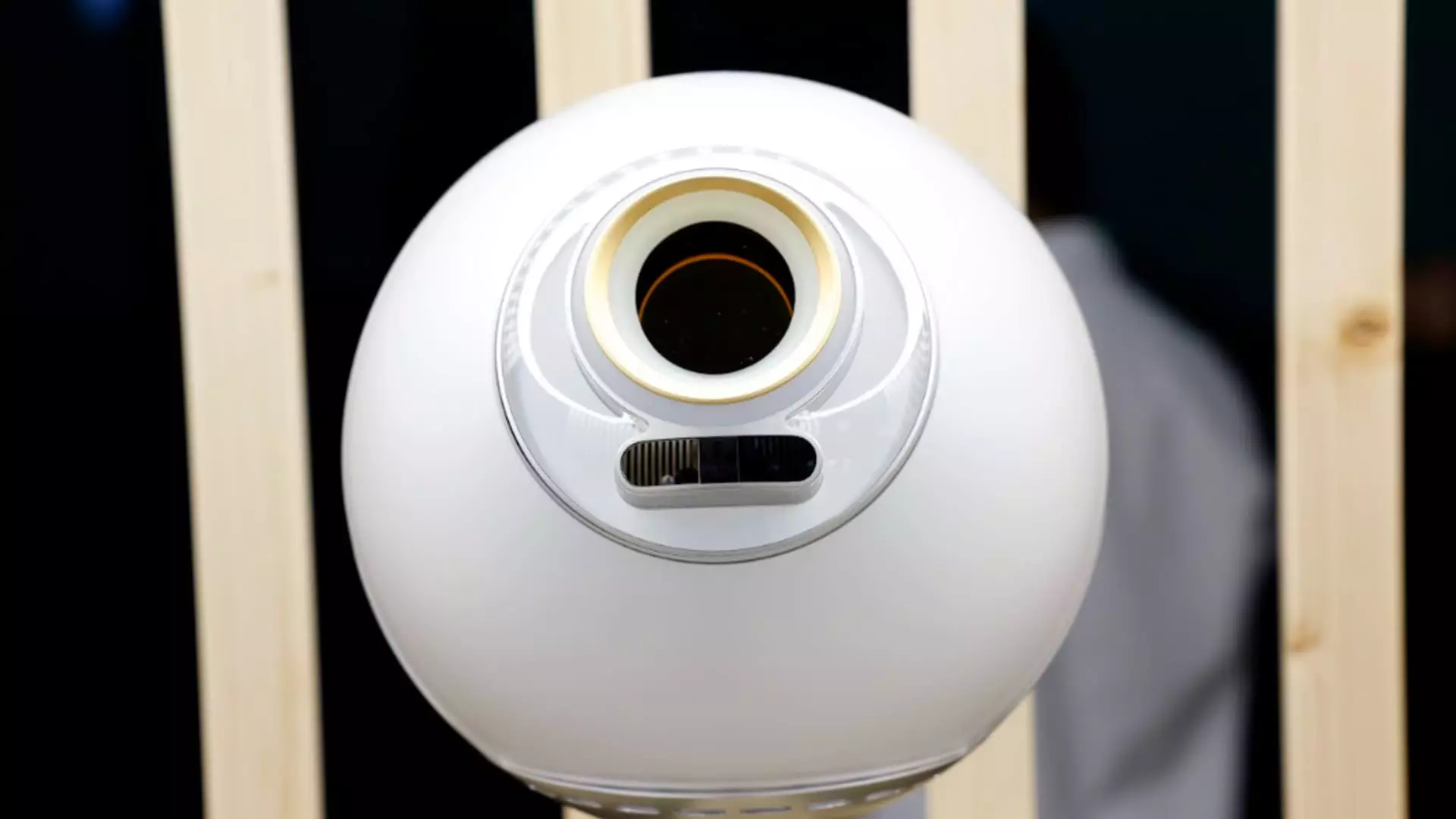The imminent launch of the biometric identity verification project World, co-founded by OpenAI’s Sam Altman, marks a significant turning point in our approach to personal identification in an increasingly digitized world. Set to unveil its innovative eye-scanning technology—the Orb—in London and other major UK cities, the initiative has stirred excitement mixed with trepidation. At its core, World aims to create a unique digital identity for each user through iris scanning in an effort to combat the rampant misuse of AI, particularly concerning deep fakes. While the potential benefits of such a system are largely touted, one must critically assess the implications of a society increasingly relying on biometric data.
The Promise of Security vs. The Threat of Privacy
World operates on the premise that iris codes can provide a safer, more reliable method of verification compared to traditional forms of identification. However, this promise brings with it a host of critical concerns that cannot be overlooked. Users are assured that their biometric data will be encrypted and the original scans deleted. Yet, the very notion of needing protection from AI fraud highlights a fundamental paradox: as we endeavor to shield ourselves with technology, we simultaneously put vast amounts of sensitive information into potentially vulnerable platforms.
Compounding this is the fact that biometric data is uniquely permanent—unlike passwords that can be reset, once compromised, an iris scan cannot be “un-scanned.” Should even a fraction of users’ identities be exploited, the ramifications could be catastrophic, impacting countless individuals around the globe. In a world where data breaches are thankfully common, how can we trust that such a colossal leap into digital identity will not set us up for an unprecedented level of vulnerability?
The Allure of Cryptocurrency and Gamification
Adding another layer to this tapestry of identity verification is World’s integration of cryptocurrency, encouraging users to take part in this new economy by rewarding them with WLD coins upon creation of their iris codes. This integration cleverly combines the trend of gamification with essential identity verification. The allure of free digital currency will likely draw a younger demographic, eager to register in the hope of receiving WLD as a form of newfound “wealth.” This could increase user adoption in both the short and long terms.
However, this approach raises ethical concerns about encouraging dependency on cryptocurrency and heightening users’ engagement in a speculative economy. It is a double-edged sword that provides an incentive for participation while potentially leading to a significant distraction from the sobering gravity of giving biometric data in return for digital currency.
The Scale of Implementation and Infrastructure Challenges
Adrian Ludwig, a key architect of World, believes that their capability will scale dramatically in the coming months, which raises the question of infrastructure and technical execution. What happens when billions begin to use this system? Currently, World boasts 13 million verified users, but scaling to massive numbers introduces exponential complexities. With servers and computational resources strained under the weight of verification demands in real-time applications, the fear of lag or downtime looms large.
Moreover, while World asserts that biometric verification will be handled locally on user devices rather than the cloud, this raises issues about the computational power of many users’ devices. If the technology does not play well on less capable platforms, we may be inadvertently creating a two-tiered system that privileges users with advanced technology over others, exacerbating existing divides in access and equality.
Governments and the Regulatory Landscape
The project’s engagement with regulatory bodies like the Information Commissioner’s Office in the UK is essential, but it also highlights a broader point—are governments equipped to regulate this frontier of biometric data? Looking at existing initiatives like India’s Aadhaar, one could argue that governmental oversight may not offer the robust solutions needed to ensure user privacy and integrity.
As Ludwig pointed out, conversations with regulators often focus on how to ensure operational effectiveness while protecting privacy. However, if history has shown us anything, it is that regulatory frameworks often lag behind technological advancements, placing individuals at risk. There’s an unnerving reality in entrusting biometric verification to governments whose track records are inconsistent at best and troubling at worst.
The Dystopian Possibilities
While the intentions behind World may be altruistic, one cannot ignore the dystopian possibilities that loom. The melding of our identities into a singular, government-sanctioned digital format could very well strip humanity of its myriad complexities—replacing our rich individual histories with a dehumanizing code. As we march towards a world founded on biometric data, we must ask the uncomfortable questions that challenge this digital revolution: Is the security we seek worth the sacrifices we may have to make? In an ever-evolving technological landscape, vigilance and skepticism ought to be our guiding principles as we navigate the murky waters of biometric identity verification.

